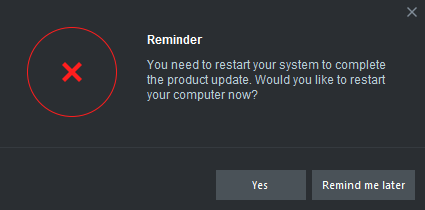I will be sending down an OTA (our first!) sometime next week, barring more unforeseen holdups.
This is what will happen when the OTA is received:
- You will start receiveing a file named skyark-chip-.[some release tag].to.[some newer release tag].psop.tbz2
- Currently the OTA looks like its going to be about 300KB in size - this amounts to about half hour receive time.
- When fully received, the OTA will automatically be processed - this happens in multiple stages
- All-in, the entire processing takes about 5-7 minutes.
- Once the OTA has been successfully processed, your CHIP will reboot. Unfortunately, there is no UI indicator yet for this.
- Reboot should take the normal time - 30-40 seconds. All your config done from the UI should be retained - beam selection, network config, etc. If you changed passwords from the command line, changed user names, groups etc - those will be reset to stock. If you made extensive modifications manually to rxos_config - those changes will stay, but might interfere with normal operation.
- Thats it!
- After reboot, the watermark on the bottom right of the skylark desktop will have been updated. You should also be able to see the updated release info in the log viewer.
So nothing needs to be done from the users end.
That said - some of the users have been having power issues. In those cases, its possible that the reboot might not work. That is obviously a pain, but it will not interfere with the update. Just manually starting it up should allow you to use it as normal.
There is a window of ~15 seconds about 5 minutes after the OTA has been received (and about 1 minute before the forced reboot) where interrupting the OTA (say by rebooting the CHIP manually, or due to a power outage) might cause bootup issues. I am working to minimize this window.
(I will make a seperate post about the features to expect from the OTA - this is a general informational about the process itself)
Questions?

 I will post the details post-OTA.
I will post the details post-OTA.